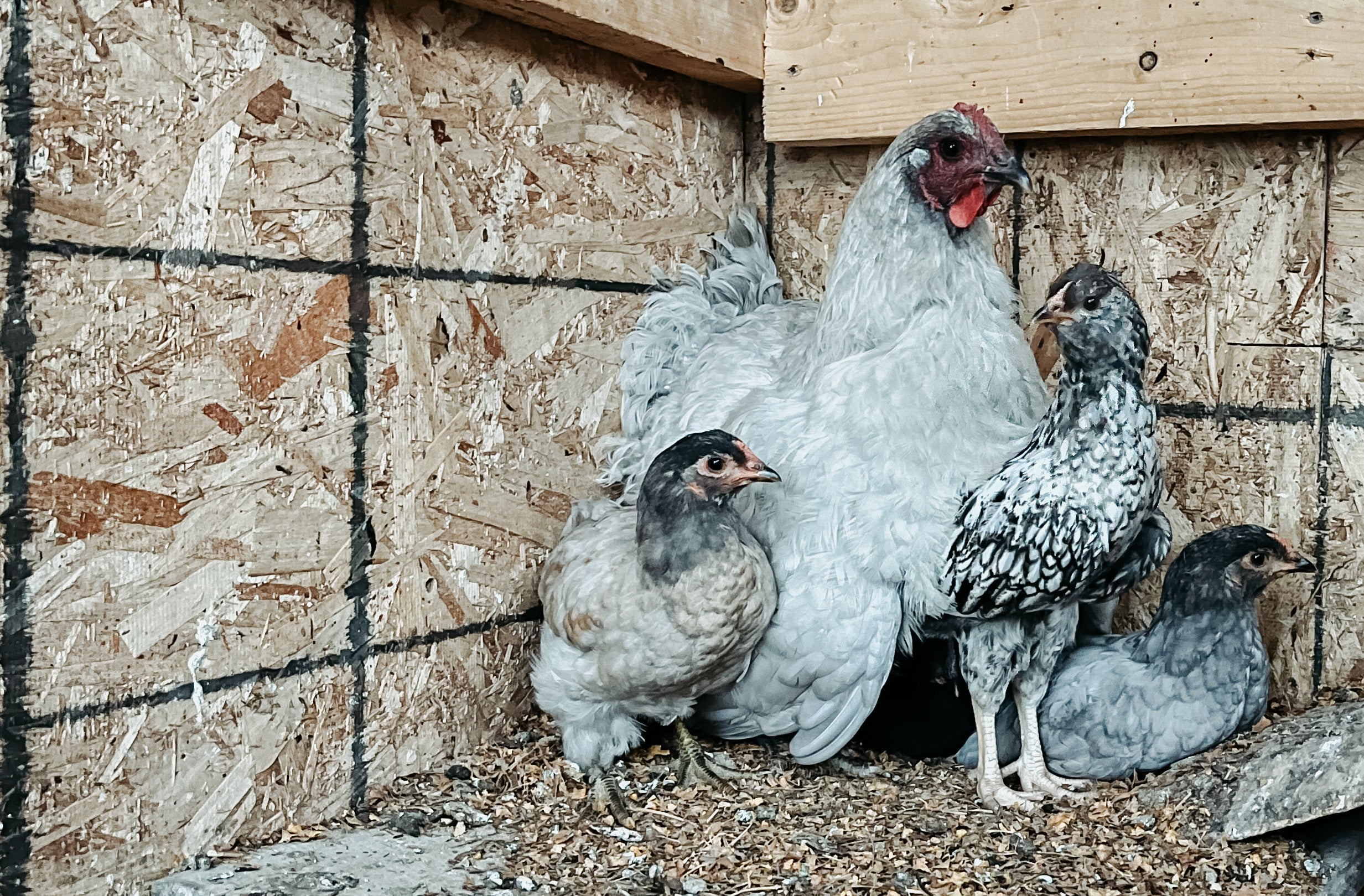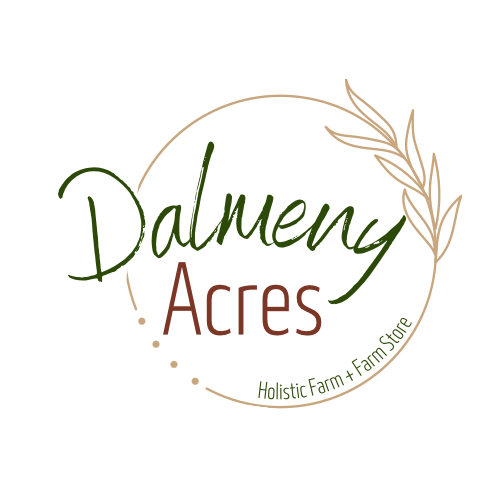Farming Practices
We farm for the environment first, ourselves and our community second.
This does not mean that one is more important than the other.
Simply put, if we don't take care of our ecosystem, then there's no way we could take care of ourselves or our community.
We follow regenerative practices in almost everything we do.
The definition of regenerative agriculture goes as such:
"Farming and ranching in synchrony with nature to repair, rebuild, revitalize and restore ecosystem function. Beginning with all life in the soil and moving to all life above the soil."
It involves diversity.
Diversity of crops and animals to help increase the biodiversity in the soil.
Soil health is the foundation of a healthy ecosystem.
We work with nature by moving animals to new pastures often, we do very little tillage or only no-till and we always plant more than just soy beans and corn, which allows us to work in synergy with nature and reproduce nature's life cycle in a controlled environment.
Moving animals to new pastures often (aka mob or rotational grazing), ensures that all the grass was either eaten or stomped on and that there was a concentrated amount of manure and urine on a small area that acts as fertilizer, which protects the soil and in turn increases soil diversity and soil health.
It also acts as enrichment for the animals. They hugely enjoy the moving process and getting access to new grass on a regular basis really brings out their playful side. Mob grazing is as much for the soil as it is for the wellbeing of the animals.
Diversity in crops allows for new and different roots to be present within the soil.
The different plants work together and with the soil through photosynthesis, helping soil life (like worms, beetles and bugs) and in turn all natural life. Some plants are great at adding nitrogen to the soil, others (like dandelions with their long roots) add calcium to the soil, some take phosphorous etc.
Every plant has its own purpose within ecosystems, which is why diversity is so important.
Reducing the amount of tilling done on our farm, allows for the soil to keep its form and roots to stay intact. This helps prevent soil erosion, soil compaction and keeps soil life alive (if you think about tilling, imagine all the bugs, worms, beetles, small rodents and reptiles that end up dying from being in the path of a tiller). Sometimes tilling is still necessary, but generally speaking we do the least amount possible.
If you take care of your soil, your ecosystem will flourish. We are nature and we are choosing to work with mother nature and the circle of life instead of trying to control her and the outcomes.
There is so much more that we could chat about, check out our extra resources for more info and please feel free to reach out if you have any questions or want a tour on how things are done.
Thank you for being here and for reading, bridging the disconnect of our food and where it comes from starts with small baby steps and by wanting to learn more, you are part of the change and you are so welcome here.





